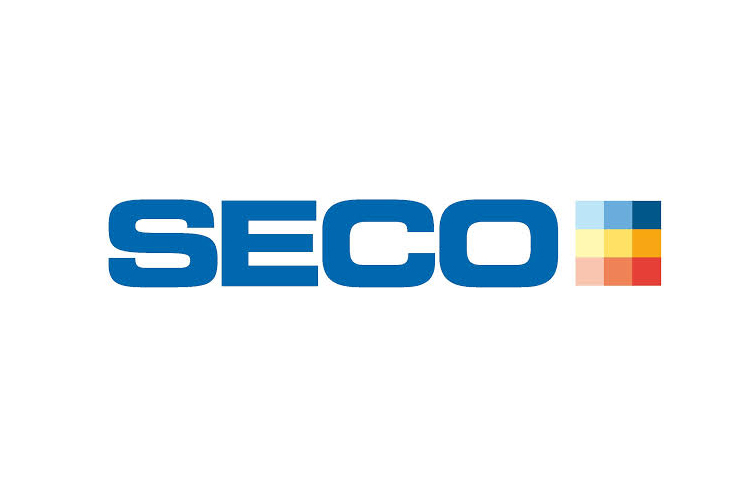Seco continues its strong focus on educating, training and informing those in the manufacturing industries with the release of four metal cutting books in a new series called “Metal Cutting – Best Practices.” The books cover current trends and techniques in metal cutting and will be published throughout 2015.
Patrick De Vos, corporate technical education manager of Seco Tools, AB and Jan-Eric Ståhl, a professor in the Division of Production and Materials Engineering at Lund University, Sweden, collaborated to write “Metal Cutting – Best Practices.” The series offers practical guidelines to help customers tackle metal cutting challenges and achieve maximum productivity in their machine shops. The books are each approximately 200 pages and provide in-depth information on a single subject. The four topics covered are: tool deterioration; machinability and workpiece materials; cutting materials and geometries; and tool compensation techniques.
This new series complements Seco’s previously published books on metal cutting. In 2012, the company first partnered with professor Ståhl to translate his book entitled “Metal Cutting – Theories and Models” from Swedish into English. With nine chapters and more than 600 pages, “Metal Cutting – Theories and Models” begins with an introduction to metal cutting and takes readers through an in-depth, scientific description of each step in the entire metal cutting process. This comprehensive book is included in Seco’s STEP (Seco Technical Education Programmes) package and used by numerous professors in universities throughout the world.
In response to customers’ desires for more practical application information on metal cutting, in 2014, De Vos and Ståhl published “Metal Cutting – Theories in Practice.” At just 171 pages, this book covers the same topics as “Metal Cutting – Theories and Models”, but omits much of the mathematical and scientific information behind the theories. Instead, it bridges the gap between the science of metal cutting and the practical application of the theories, and is frequently used by both customers and students in the classroom setting.
According to De Vos, the upcoming release of “Metal Cutting – Best Practices” offers another layer to how Seco presents information to customers, others in the manufacturing sector and the academic world. “It is extremely practical and based on years of experience manufacturing cutting tools and applying them in various applications in customers’ shops. I expect these books to be highly valued by customers as well as by professors and students, especially in the more hands-on laboratory setting.”


